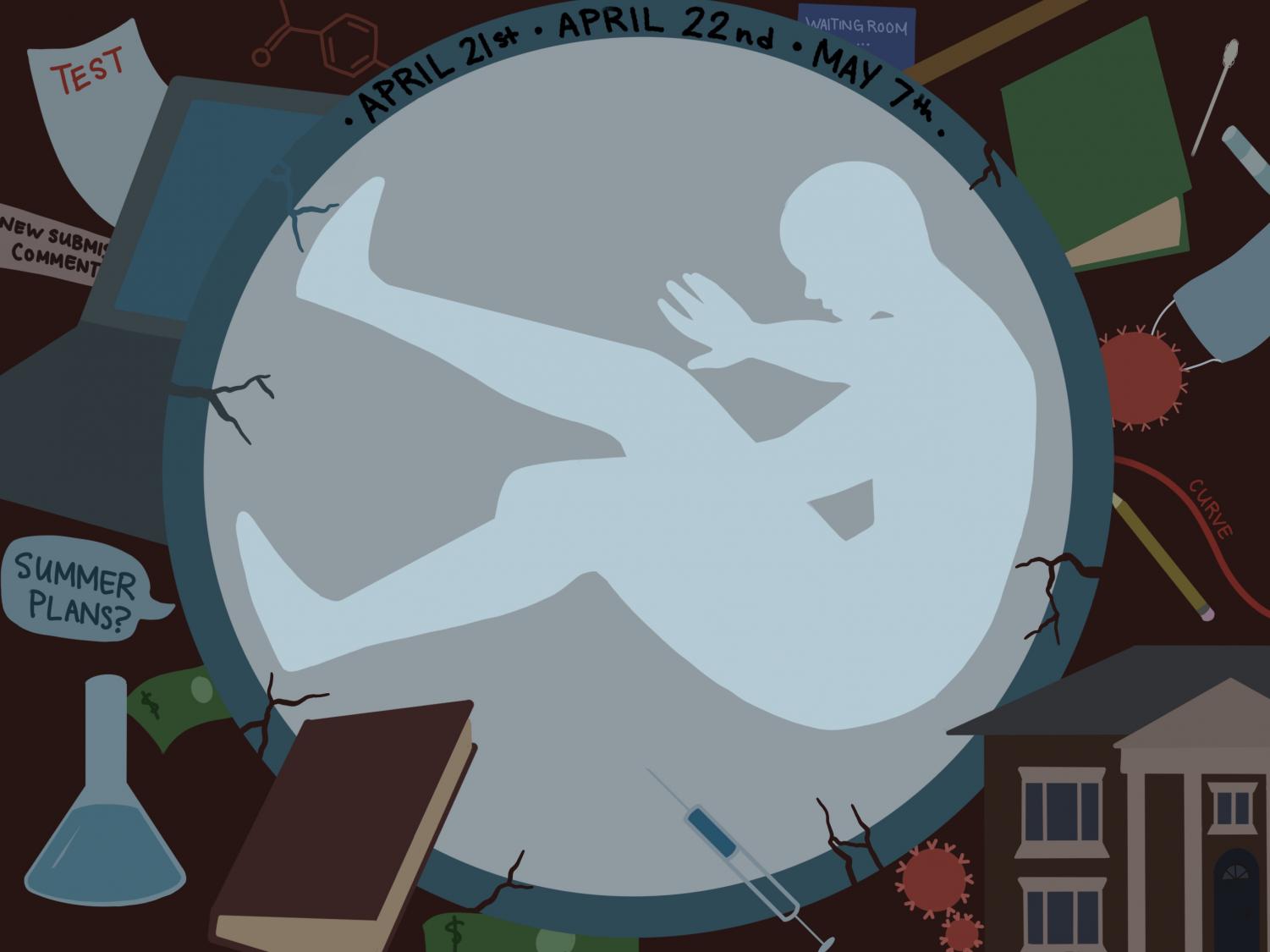‘Health’ Days: The inadequacies of the spring schedule
April 14, 2021

Last fall, the faculty voted to adopt a continuous model for the spring semester (Plan A), in which students would be granted three Health Days instead of the usual two-week spring break. This model allows for students to stay on campus for the entirety of the spring semester, as opposed to Plan B, termed the “Thanksgiving Plan,” where most students would have been forced to leave campus at the start of May for a week-long break and required to finish their classes and finals from home. The results of a Record survey showed that 83 percent of 203 student respondents preferred Plan A over Plan B, and several faculty members referenced this result during their meeting.
Given these two options, I can understand why the vast majority of students chose Plan A; from personal experience, I know that the “Thanksgiving Plan” was not a realistic option for those who wanted to maintain both their grades and their mental health. Finishing my senior year of high school from my bedroom exhausted me emotionally and mentally, and having to finish my freshman fall semester from home reminded me of the difficulties that come with remote studying.
The two options were formulated in such a way that students may have felt they had no other choice but to pick Plan A. Not everyone has a constant source of WiFi, a quiet space to work, or a ride to the library when not living on campus. Students clearly had their academic interests in mind when expressing their preference, but I don’t think such logic should have cost students their spring break, a time meant to revitalize students’ spirits after a stressful, academically rigorous first half of the semester.
There was no consideration of a third spring break option, one that could have combined the College’s emphasis on COVID safety with students’ need for a decent break by requiring students to stay on campus for the entirety of the spring break week. This option would have resulted in the end of the semester being pushed back, but the benefits, I think, outweigh this drawback. Simply having three Health Days randomly scattered throughout the second half of the semester will not have the same positive effect on students’ mental health. I don’t think students will get the same feeling of truly taking a break from academics, and most will instead use the “Health” Days to catch up on work (à la reading period) instead of experiencing the rejuvenating social interactions that play an integral part in academic breaks.
I do understand why the College avoided such a proposal; the community’s health and safety would potentially be at an increased risk. The administration may fear that, with a full week to themselves, students may be more prone to partying and leaving campus. Such fears imply that the administration distrusts its students to stay on campus and follow safety protocols — which, while a reasonable precaution (remember Wood House?), may also feel like an unfair generalization to those who have been following the COVID rules.
This year has been grueling for students: heavy workloads, technical issues, reduced in-person interaction, and a decrease in mental health. So many factors correlated with the pandemic have piled more stress onto the academic stress that college students normally experience. An actual spring break would have been especially beneficial this year. Rather than cutting down on students’ much needed breathing space and replacing it with awkwardly-spaced, ironically-named “Health” Days, the College should have put a little more faith in its community members and showed a little more concern for students’ mental health.
Katya Ulyanov ’24 is from Stamford, Conn.








